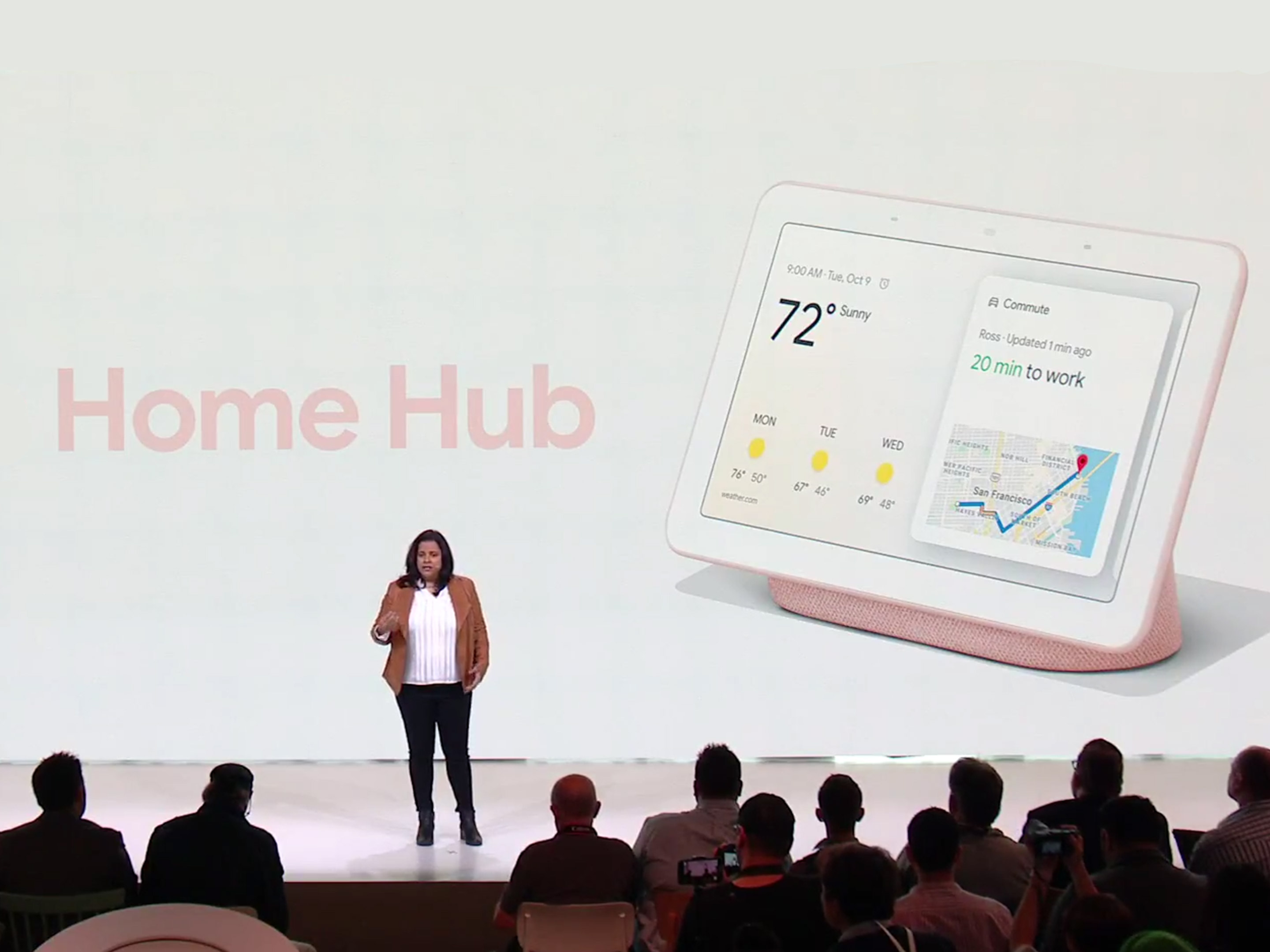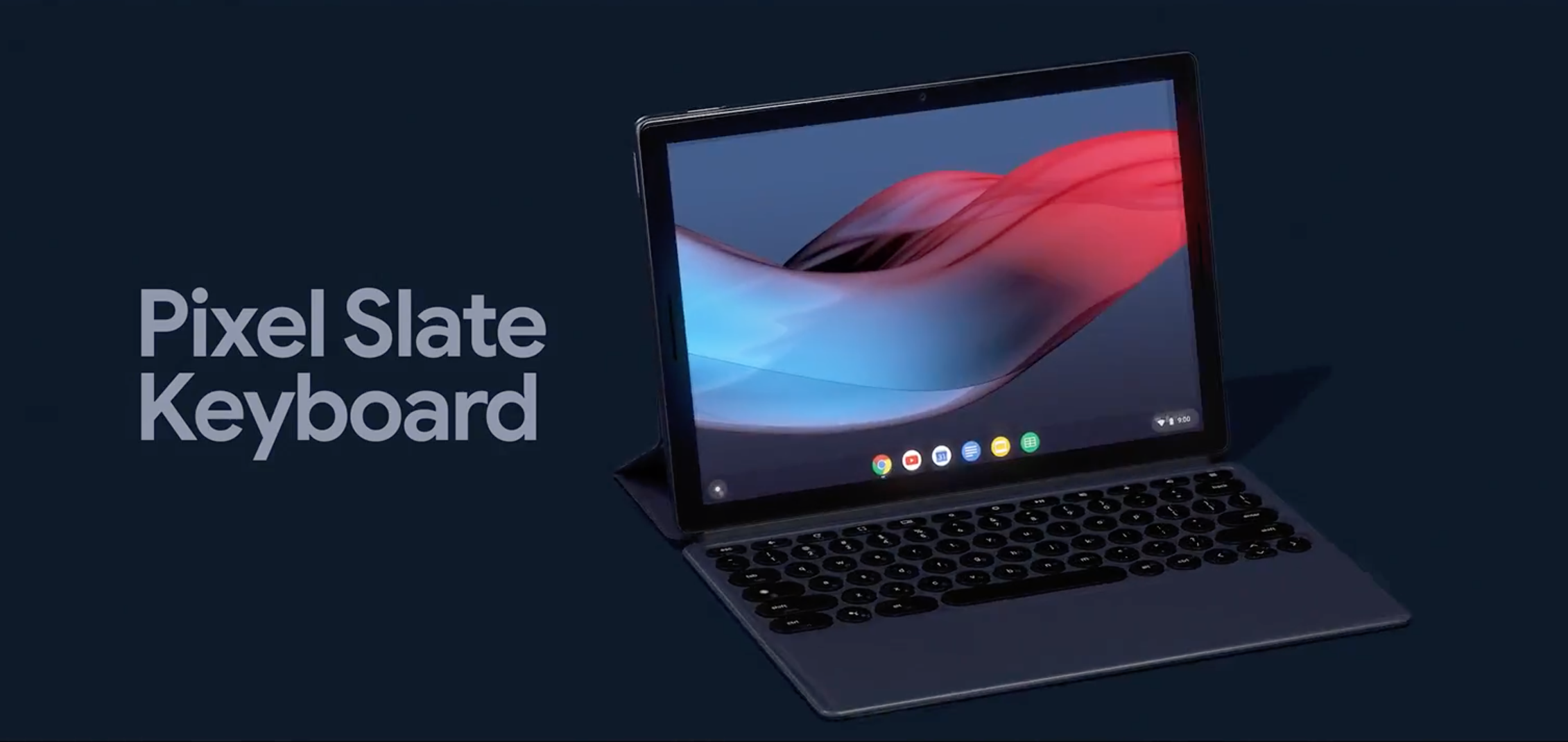Google held a ‘Made by Google’ event on October 9th, 2018 and the company used the occasion to reveal new hardware and futuristic software.
From taking on Apple and Samsung in the smartphone battlefield to throwing a wrench in Amazon’s plans for smart home dominance, the Mountain View search giant came out swinging.
For consumers, that means excellent products and jaw-dropping features.
Below are the five announcements that caught MobileSyrup‘s attention:
Pixel 3 and its camera
The camera was one of the of the most highly regarded aspects of last year’s Pixel 2 devices. Google is looking to continue that trend with new hardware and software that work together to create even better images.
The single rear camera found on both the Pixel 3 and Pixel 3 XL clocks in at 12.2-megapixels with dual-pixel autofocus. It features a reported pixel size of 1.4μm and a f/1.8 aperture. The rear shooter has a 76-degree field of view as well.
Google’s stepped up its HDR game, too. The company is once again utilizing HDR+ technology to capture shots before and after users hit the shutter button. This provides a more balanced shot and allows the camera to implement new features.
One of these new features is called ‘Top Shot.’ It’s set on by default and machine learning selects what it thinks is the best photo. Users can also go in and select their favourite snaps manually if they don’t like what Google picked.
‘Night Sight’ is another feature that hopes to make night shots brighter. Machine learning takes the visual information it sees in an image and brightens the picture naturally based on what it knows about the scene. This feature is coming later this year and won’t launch with the Pixel 3.
Another crazy software trick is called ‘Super Res Zoom.’ In this mode, the camera takes three burst images to help make up for the unsteady hand of a human. Once all of the shots are taken, they’re run through an algorithm that creates a zoomed shot that has more detail than a traditional digitally zoomed picture.
Google’s also adding the ability to adjust the bokeh in portrait mode photos, even after the image is taken, similar to Apple’s iPhone XS Max.
Plus, users can back up all these cool new photos in original resolution on Google Photos.
All of these pictures will be backed up in their original resolutions with Google Photos. It’s worth noting that Pixel 3 owners only get free uploads until January 31st, 2022. Anything that’s already uploaded already will be fine, but adding images to your cloud library will take up drive storage after that.
Pixel Slate, the Chrome OS tablet
Among the many products announced at the ‘Made by Google’ event in New York City, few stand-out like the Pixel Slate.
Maybe it’s because we didn’t see as many Pixel Slate leaks, but the device seemed like the most exciting hardware at the event.
Souped up with a variety of speedy Intel processors — as well as anywhere from 4GB of RAM and 32GB of storage up to 16GB of RAM and 256GB of storage — the Slate undeniably has chops.
The tablet is also adaptable, both in terms of internal and external options.
First and foremost, it’s a Chrome OS tablet. Users can also pick up a Pixelbook Pen to write on the device. If users want to use the Slate more like a traditional laptop, that’s an option too. The Pixel Slate Keyboard — with its odd but endearing round keys — turns the tablet into a more conventional laptop computer.
Coupled with access to Android and Linux apps, the Pixel Slate is a genuinely versatile device.
Google Home Hub
Google’s new display-clad smart speaker aims to sit at the centre of your smart home. Dubbed the Google Home Hub, the device is a cross between an Android tablet and a Google Home device.
Sadly, Google hasn’t said if or when the Home Hub will come to Canada. Besides that little thorn in our side, the Home Hub might just be one of the most exciting announcements made at today’s event.
The device acts the same as a traditional Google Home for the most part. Users can ask the device questions to receive responses from Google Assistant. The main difference here is an interactive screen that opens up tons of extra smart home possibilities.
For instance, asking how long it takes to get to work will now show a map as well as produce a vocal response.
The screen also opens up the possibility for video. Google has even optimized the display so that it’s easy for users to ask to watch how-to videos for things like cooking.
Introducing Google Home Hub. Help at a glance. #madebygoogle https://t.co/Ds2nxEoV3k pic.twitter.com/9CbqkFAtfo
— Made by Google (@madebygoogle) October 9, 2018
Photos get a new life on the device too. Google’s algorithms go through the user’s pictures and automatically select images of people and places that it thinks the user would like to see and skips over blurry photos and screenshots.
For example, when Google vice president of product management Diya Jolly spoke about the Google Home Hub at the company’s October 9th event, she explained that pictures from a vacation were already playing on the Hub when she got home.
Furthermore, ‘Ambient EQ’ helps make sure the display always matches the surrounding light. It dims in dark rooms and brightens in locations with more light.
Additionally, the Home Hub adjusts brightness and colour temperature to make sure the display always looks great, similar to iPhone’s True Tone display.
Even with all of these exciting features, the Hub is all about controlling a user’s smart home devices. Google added in a new interface that lets users manage and view their smart home all from one screen.
Privacy and Titan Security
Google spent a lot of time discussing privacy at its event today — an ironic twist following the recent Google+ data breach.
While the announcements weren’t show-stopping, they were a vital part of the presentation. With all the data breaches and privacy scandals of late, it’s not surprising that consumers want to know what companies are doing to ensure personal user data is safe and secure — especially companies that possess so much data, like Google.
Google attempted to assuage security concerns by unveiling a new security chip, dubbed ‘Titan M,’ which the company has included in its new Pixel phones and the Pixel Slate 2-in-1 tablet.
The security chip integrates the Titan security system the search giant designed for its Google data centers. Google calls it a “closed loop” for all of personal user data across the company’s ecosystem of apps and services.
Duplex AI call screening
Although it won’t be available in Canada at launch, Google’s Duplex is an incredibly attractive solution for the issue of spam calls.
One of the stand-out features announced at the event, the Pixel 3 and 3 XL will be able to screen spam calls. On top of that, users will be able to view real-time transcriptions of those screened calls.
In other words, users will be able to answer calls if they aren’t spam, end calls early, or block the number, all while Google Assistant speaks to the caller on their behalf. Plus, users will be able to see what the caller is saying.
When receiving a call, users will be presented with an auto-generated answer, as well as reject and ‘Screen’ buttons.
Tapping the Screen button initiates the screening process. Google Assistant will answer the call and inform the caller that they are speaking with a screening service from Google. Google Assistant will then ask callers for their name and the reason why they’re calling.
At the same time, the device will transcribe all of this for Pixel 3 users to read.
MobileSyrup may earn a commission from purchases made via our links, which helps fund the journalism we provide free on our website. These links do not influence our editorial content. Support us here.






